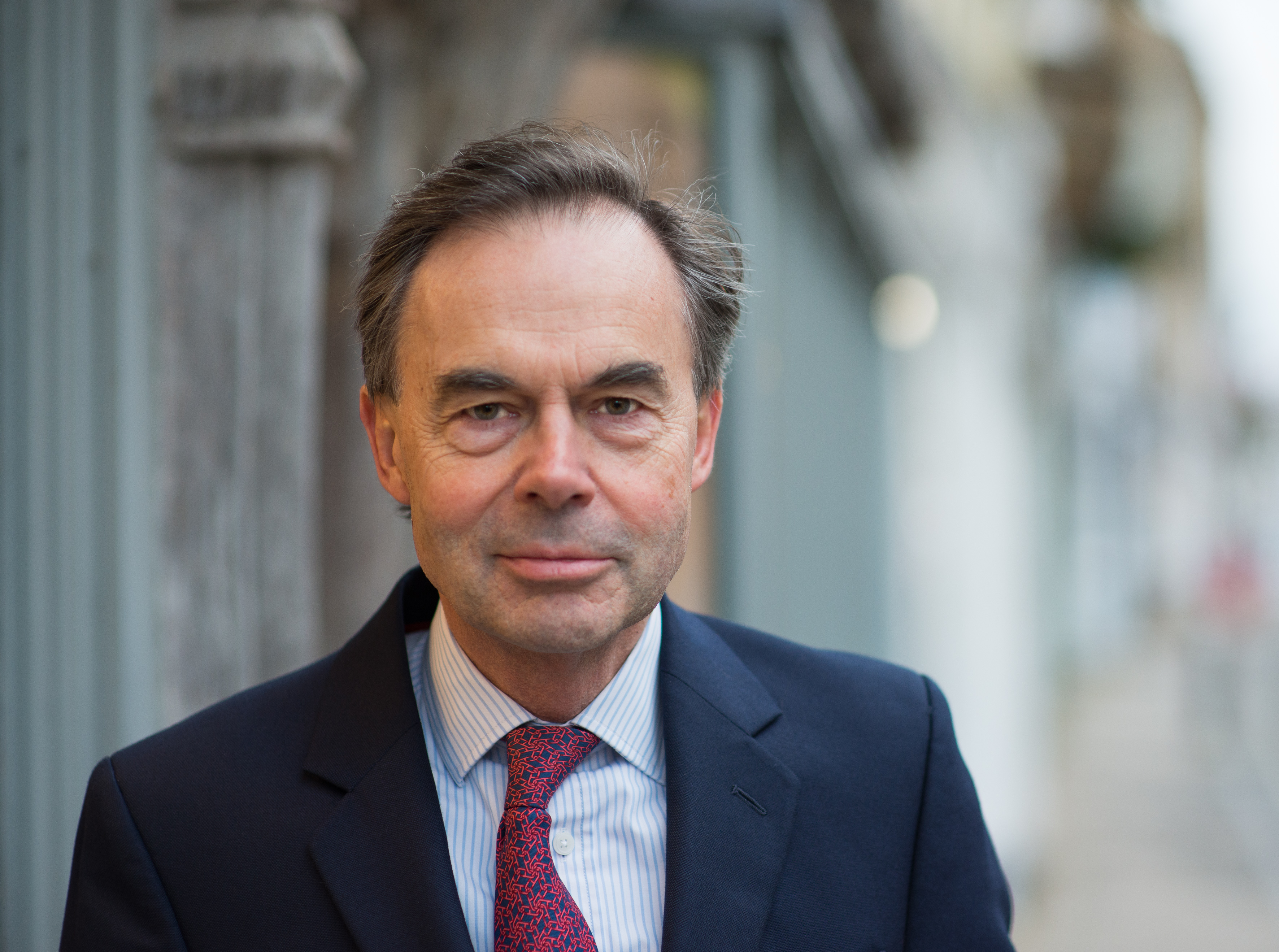Almost two months into 2024 and geo-politics looks ever nastier, politics more polarised, central bank policy unclear, and the NASDAQ keeps making new highs... At least Sweden’s entry in NATO has (finally) been confirmed.
The narrative for the central banks appears to have shifted with resilient economic figures from the US and apparently sticky inflation. The Federal Reserve has been keen to cool talk of imminent rate cuts, expectations for a March cut are now non-existent with June now preferred. The UK and Europe do not look so resilient so it just may be that the first cuts arrive on this side of the Atlantic. Equally, the employment statistics in America are at odds with comments from US companies over the recent reporting round so, perhaps, the official statistics might change their tone shortly. Expect lots more talk of the central banks being ‘data dependent’ (time to take a lead chaps).
Against this backdrop and after the excitement of December, bond markets have turned distinctly cool in the New Year. The US ten-year yield, which had hit lows around 3.9% at the end of December has backed up to 4.3% and the UK ten-year Gilt yield, which hit lows around 3.5% at the end of the year is now back up to 4.2%. Of course, this translates to falls in capital values, the UK ten-year Gilt has fallen by 4.7% over the year so far and the thirty-year by 8.3%.
In equity markets, the Magnificent Seven have continued to lead the NASDAQ higher (most of them, Tesla is the exception…), in turn pulling the S&P 500 higher. The Seven have been led by current poster child Nvidia, which reported another set of record-breaking results. I like the idea that Nvidia is having a ‘Taylor Swift moment’ (fresh from her triumph at the Superbowl). Famously, in Japan, the Nikkei-225 has regained it’s 1989 high, it is a shame that the yen has continued to be weak, rather taking the shine off the equity move for non-Japanese investors.
Unfortunately, UK stocks remain in the doldrums, the FTSE 100 Index is down 1.3% over the year to date, only beaten by continuing dull performance for Hong Kong stocks. The weakness has been quite broad-based, the miners are struggling with Chinese economic weakness, Anglo American, Glencore and Rio Tinto have suffered as have a number of the financials, notably Abrdn, St James’ Place and Prudential. Consumer facing stocks have also been having a hard time including most of the housebuilders, Burberry, Frasers and JD Sports. Bright spots are harder to find, GSK, Intercontinental Hotels, Beazley and RELX stand out along with the UK banks (startling to report), Barclays and NatWest.
Unfortunately, there is still a lot of scope for unpleasant surprises (possibly even unpleasant inflation surprises) from this year’s roster of geo-politics and elections. While we do expect the central banks to start to reduce their rates over the course of the year, we would reiterate that we do not expect them to head all the way back down again. The ‘steady state’ (whatever that is now) or terminal rate, definitely looks to be higher now.
Our preference remains to be invested at the short-dated end of the bond markets, where we can see attractive returns/opportunities. We still do not like longer-dated issues, where the returns do not compensate for the likely risk. US equities are looking stretched, though maybe there is scope for the move to shift to the wider market while the NASDAQ takes a breath.
The above article has been prepared for investment professionals. Any other readers should note this content does not constitute advice or a solicitation to buy, sell, or hold any investment. We strongly recommend speaking to an investment adviser before taking any action based on the information contained in this article.
Please also note the value of investments and the income you get from them may fall as well as rise, and there is no certainty that you will get back the amount of your original investment. You should also be aware that past performance may not be a reliable guide to future performance.
How would you like to share this?

